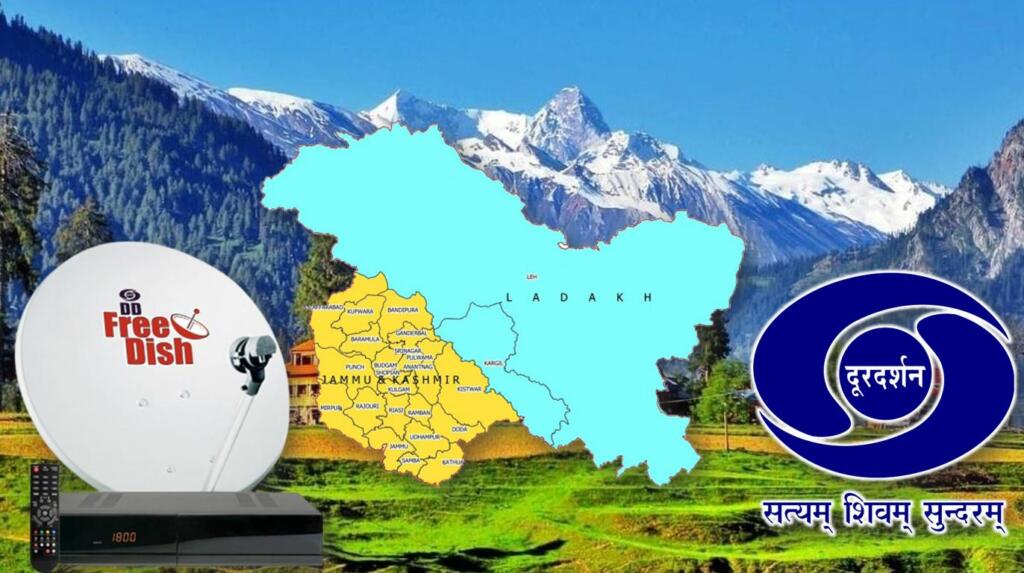- Modi government has decided to distribute 1.5 lakh DTH services in Jammu and Kashmir
- These channels are free to air and will help people understand the nitty-gritty of Indian culture
- By curbing Pakistani influence on Kashmiri minds, India will be able to commence psychological integration of Kashmir
Information dissemination is one of the most fundamental prerequisites of democracy. The dream of a unified Bharat cannot be achieved until Pradhan Sevak’s thought process does not reach to masses. This is the reason why the Modi government has decided to distribute DTH services in Jammu and Kashmir region.
DTH services in Kashmir
Now, people living in remote areas of Jammu and Kashmir will be able to avail the free services of Doordarshan DTH facilities. The Union government has taken it upon itself to provide more than 1.5 lakh families with a DTH connection in Jammu and Kashmir. The announcement was made by Apurva Chandra, Information and Broadcasting (I&B) secretary.
A press release by I&B read, “To achieve the goal of reaching out to people living in far-flung and border areas through the platform of DD Free Dish, the Union secretary said that the government has proposed to distribute 1.5 lakh free Dish TVs in such areas where cable service is not available. The tendering for that is under process and will be completed soon.”
Read more: Is it the scrapping of Article 370 effect in Bollywood? Movie on Kashmiri Queen Kota Rani suggests so
The ministry further informed that those people who are already availing these services are thankful to the Indian government for bringing knowledge to their doorsteps. The Secretary appreciated Srinagar Doordarshan Kendra for carrying out all its functionaries despite so many challenges in the past. The Kendra also drew appreciation for authentically representing local culture and traditions to the people.
Kashmiris were mostly consuming Pakistani content
Though on top of it, the move may sound superficial and some may even call it unnecessary. But it is going to have a much larger influence on how future generations in Kashmir will be raised. Before the abrogation of Article 370, Kashmir was flooded with Pakistan favouring literature in both digital as well as printed form. Pakistani TV channels were quite popular in the valley. Once Mufti Mohammad Saeed had announced that he was a fan of Pakistani TV serials.
This meant that despite holding Indian passports, Kashmiris were consuming the Pakistani thought process. Through Pakistani TV channels, Jihadis found it easier to transmit their messages to the average Kashmiri. This simply meant that anti-India propaganda was being peddled to Kashmiris, while the government could not do anything.
Read more: It’s not Times of India, it’s the Times of Anti-India
Psychological integration with India
In July 2018, Jammu and Kashmir administration decided to ban 30 Pakistan based channels being watched by Kashmiris. These included news as well as religious channels being broadcasted from Pakistan. Apparently, these channels were running despite not being approved by the Indian government for transmission. A year later, Article 370 was abrogated.
The abrogation of Article 370 opened the floodgates of possibilities for Kashmir. Kashmir witnessed an upsurge in tourism and people are feeling free to explore their economic opportunities. The distribution of new DTH connections will only buttress the developmental efforts being taken up in the Kashmir valley.
